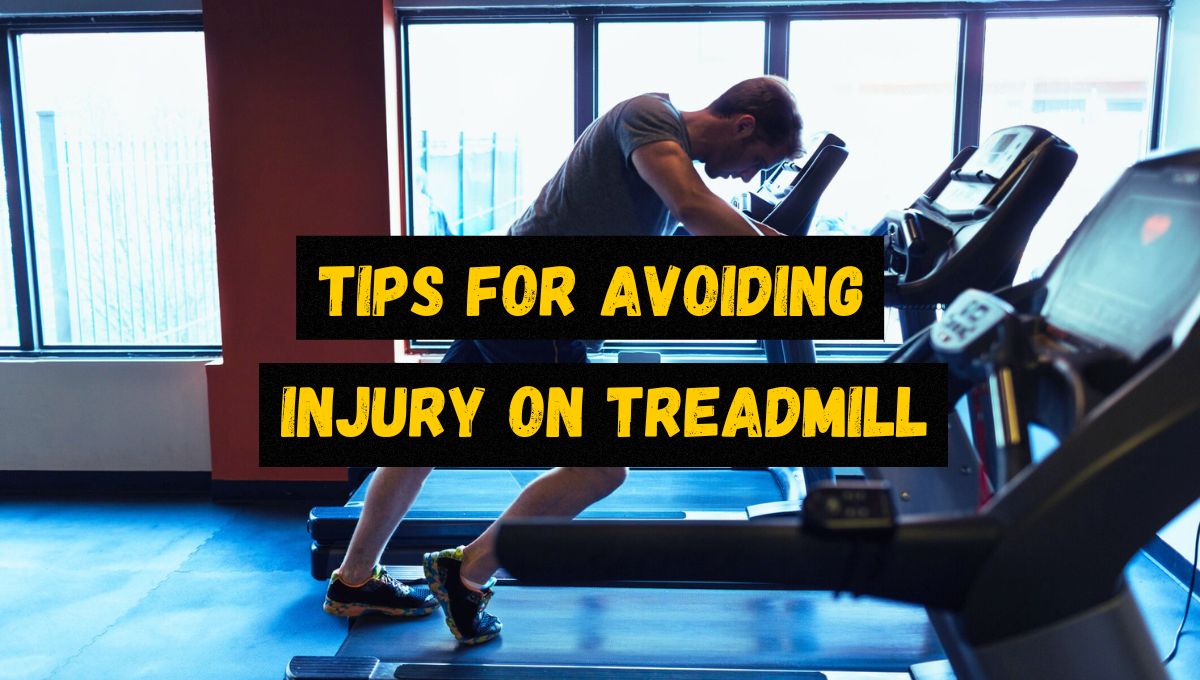Using a treadmill can be a convenient and effective way to get in shape, but it also carries a risk of injury if not used correctly.
In this article, we’ll provide some tips for avoiding injury while using a treadmill, including proper running form, warm-up and cool-down techniques, and other safety precautions.
Understanding the Risks
Before we dive into specific tips, it’s important to understand some of the common injuries associated with treadmill use. These can include:
- Sprains and strains: These injuries occur when muscles or ligaments are overstretched or torn, often as a result of sudden movements or overexertion.
- Falls: Treadmill users can be at risk of falling off the machine, especially if they lose their balance or misstep.
- Repetitive stress injuries: Overuse of the treadmill can lead to injuries such as shin splints, plantar fasciitis, and tendonitis.
To minimize these risks, it’s important to take the necessary precautions and use proper technique while using a treadmill.
Proper Running Form
One of the most important factors in avoiding injury while using a treadmill is maintaining proper running form. This includes:
- Posture: Keep your shoulders back, chest up, and eyes focused straight ahead.
- Foot placement: Keep your feet parallel and centered on the treadmill belt, with a slight bend in your knees.
- Arm swing: Keep your arms bent at a 90-degree angle, with your hands lightly touching the handrails for balance.
It’s also important to adjust the treadmill’s incline and speed settings to match your fitness level and running form. Starting at a lower speed and incline and gradually increasing them can help prevent injury.
Warm-Up and Cool-Down
Another important aspect of avoiding injury on a treadmill is proper warm-up and cool-down techniques.
Before starting your workout, take a few minutes to stretch and do some light cardio to get your blood flowing and your muscles warmed up.
This can include exercises such as jumping jacks, lunges, and high knees.
After your workout, take a few minutes to cool down and stretch out your muscles to prevent stiffness and soreness.
This can include exercises such as calf stretches, quad stretches, and hamstring stretches.
Other Safety Precautions
In addition to proper running form and warm-up/cool-down techniques, there are several other safety precautions to keep in mind while using a treadmill. These include:
- Wear proper footwear and clothing: Choose shoes with good support and traction, and wear comfortable, moisture-wicking clothing.
- Stay hydrated: Drink plenty of water before, during, and after your workout to avoid dehydration.
- Avoid distractions: Don’t use your phone or other devices while using a treadmill, and stay focused on your workout.
- Use safety features: Make sure you know how to use the treadmill’s emergency stop button and safety key in case of an accident.
By following these tips and taking the necessary precautions, you can minimize your risk of injury while using a treadmill and enjoy a safe and effective workout.
Conclusion
Using a treadmill can be a great way to get in shape and improve your overall health and fitness.
However, it’s important to use proper technique and take the necessary precautions to avoid injury.
By following these tips and taking the necessary precautions, you can minimize your risk of injury while using a treadmill and enjoy a safe and effective workout.
Remember, the key to avoiding injury is to listen to your body and know your limits.
Start slowly, gradually increase the intensity and duration of your workouts, and always make safety your top priority.
If you have any pre-existing medical conditions or concerns about using a treadmill, it’s always a good idea to consult with your healthcare provider before starting a new exercise program.
With the right approach, a treadmill can be a valuable tool for improving your fitness and achieving your health goals.
